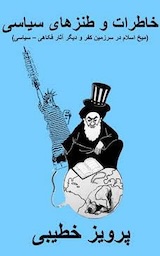The New Yorker:
An expert on French politics explains where President Emmanuel Macron went wrong in calling a snap election.
By Isaac Chotiner
On Sunday, France voted in the first round of its National Assembly elections, which were called by President Emmanuel Macron earlier this month, three years before they were scheduled. The result was that the far-right National Rally—the party of the former Presidential candidate Marine Le Pen—scored approximately thirty-four per cent of the vote, followed by an alliance of left parties, with around twenty-eight per cent of the vote, and Macron’s centrist coalition in third place, with twenty-one per cent of the vote. The specific seat-by-seat results are not yet known, but the far right appears to be on the verge of either a legislative majority—which would mean that the National Rally would likely get to choose the next Prime Minister—or a hung Parliament, with the far right in control of the most seats. (The second and final round of the election, consisting of runoffs in individual constituencies, will take place on July 7th.)
Macron’s shocking decision to call the vote—the first snap elections since 1997—came immediately after the far right exceeded expectations in European Parliamentary elections, and was intended to blunt the far right’s rise, which Macron has deemed a threat to the future of France. Macron insisted the French come out to vote, and indeed they did—turnout was almost one and a half times as high as during the last National Assembly election—but the results merely showed the far right’s strength. (The next Presidential election is scheduled for 2027; Macron will not be able to run again.)
Go to link










Comments